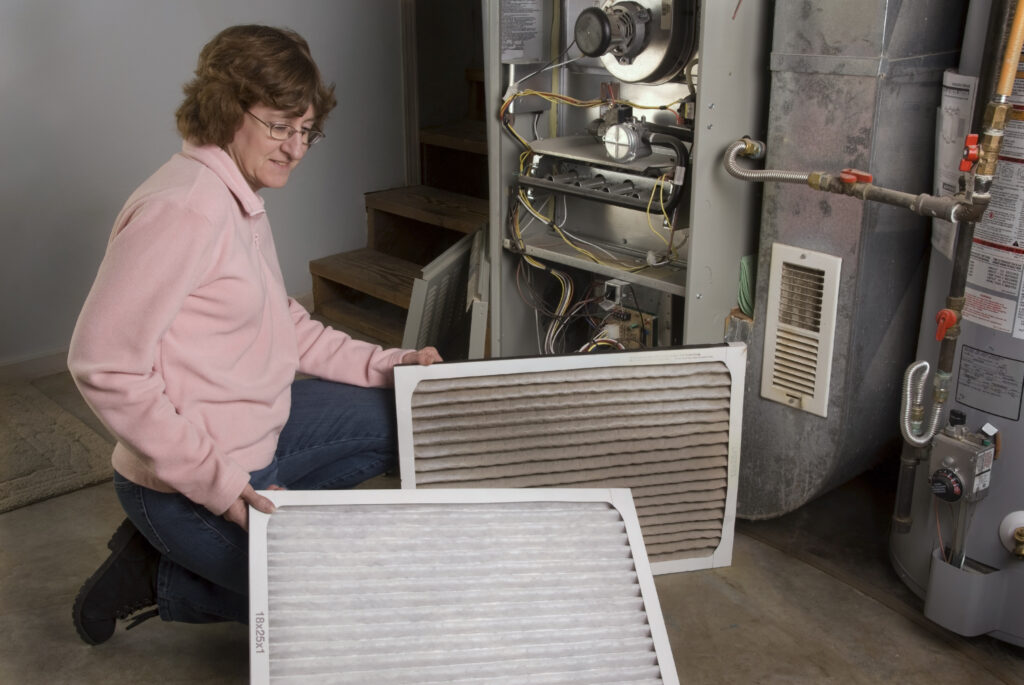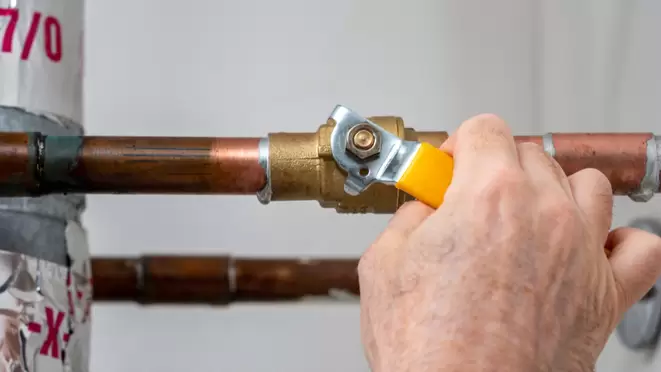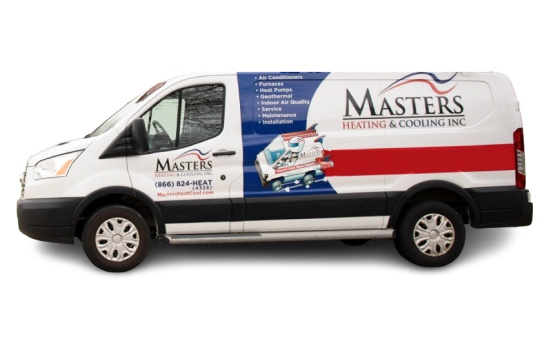A working heat pump is crucial for a cost-effective HVAC system. So the last thing you want is to be without heat pump troubleshooting tips in the dead of winter or the dog days of summer.
So what does a heat pump do exactly?
It’s job is to extract and move heat so you stay toasty in the winter and cool in the summer. A heat pump doesn’t create heat. Rather, it just absorbs and disperses heat to the places you need it most.
On a cold day, your heat pump absorbs leftover heat from outside and pumps it back into your home. Whereas on a warm day, it works to push hot air out of your home.
That’s why having a working heat pump is important for keeping those utility bills down, regardless of the season.
So what can you do to make sure you’re not wasting hot air?
Keep reading to learn how to diagnose and troubleshoot your heat pump issues fast.
Tip #1: Check The Thermostat
If warm air is not being pumped and dispersed properly throughout your home, then it could be a problem with your heat pump.
The first thing you have to do is check your thermostat.
Your problem could be as simple as switching your thermostat back on and setting it in heat mode.
However, if your thermostat is on and ready to heat, try the following steps:
- First, set your thermostat for no more than 4 degrees above your current room temperature.
- Next, turn your central heating and cooling system fan on.
- Wait to see if hot air starts pumping throughout your house again.
- If your house still feels cold, bump the thermostat up a notch to 5 degrees and switch to an “emergency heat” setting if available.
If you finally start to feel warm air circulating throughout your home, then most likely, the problem lies with your heat pump’s outdoor unit. This means your heat pump is having trouble absorbing heat from outside and pumping it back in.
If you’re still having trouble, then the problem could be a different HVAC component, like your air handler or furnace.
Tip #2: Look at the outside component of your pump
So your heat pump isn’t absorbing any heat from outside?
Let’s try these heat pump troubleshooting tips to see what the problem is:
First, you want to turn your heat back to its typical setting.
After switching back to your normal heat setting, wait several minutes before getting started on your outdoor unit.
Once you’re ready to inspect the outside component, the first thing you want to look for is any frost accumulating on heat pump coil.
If you do find frost build up, your problem may lie with your defroster timer, temperature controls, or inadequate levels of refrigerant fluid.
If frost isn’t the problem, look for any other materials that could be blocking the flow of air. Your problem could be dirt buildup, grass, twigs, or even trash.
If nothing else is compromising airflow, you could have an issue with your overall wiring, HVAC age, or compressors. If that’s the case, call your HVAC expert right away so you can have everything fixed by the time winter hits.
Tip #3: Is Your Heat Pump Properly Receiving Power?
Next to thermostat problems, power issues are the most common reason why heat pumps don’t work properly.
If your thermostat is set properly and there’s nothing clogging airflow from outside, then you may have an issue with your circuit breakers.
Let’s see if we can them working again.
- First, check to see if your thermostat is even receiving power properly. To do this, look at your primary circuit panel. This is where the switches to your main power sources are located.
- Look for the power switches responsible for your HVAC air handler and heat pump condenser.
- The air handler contains all hot and cool blowers, filters, and chambers responsible for circulating air throughout your home. Your heat pump condenser is responsible for turning refrigerant liquid hot or cold depending on the season.
- Once you find the breakers for these two components, switch them off then back on to see if you can get power flowing back to the heat pump.
- Your heat pump may even have its own power switch as well, so turn that off and back on again as well.
If your circuit breakers continue to short, call an electrician as soon as possible for possible to assess your wiring problems.
Tip #4: Replace Your Heat Pump Filters
Your heat pump filters do their best to prevent dust and allergens from circulating throughout your home.
However, these filters should be replaced at least once or even two times per year. If it’s been way too long since you replaced those filters, that could be obstructing airflow.
But you don’t need to call a professional just yet. You can replace your own filters with the following tips:
- Turn off your central heating and cooling system completely before removing anything.
- Dislodge and remove your old pump filters.
- Clean out any excess dust, dirt, pet fur and other build-up.
- You should be able to comfortably fit the new filter into the air duct.
- Put the grille pack on and lock your new pump filter in place.
More Heat Pump Troubleshooting Tips To Try At Home
If your filters are fine and you’re still having issues getting the right amount of cold or hot air circulating, try the following heat pump troubleshooting tips before calling your local HVAC professional:
- You could have a defective heat pump control module. If this is the case, you can easily purchase and replace your control module with the help of your local HVAC expert.
- Your outdoor blower fan may be on its last legs and needs a replacement.
- You may have a water leak that’s dripping water right into your outdoor unit. Moderate this often and make sure to remove excess water before it turns to ice.
These heat pump troubleshooting tips work for both your central heating or central cooling problems.
Make sure your home is prepared by diagnosing heat pump problems right away before those extreme temperatures hit your area.









